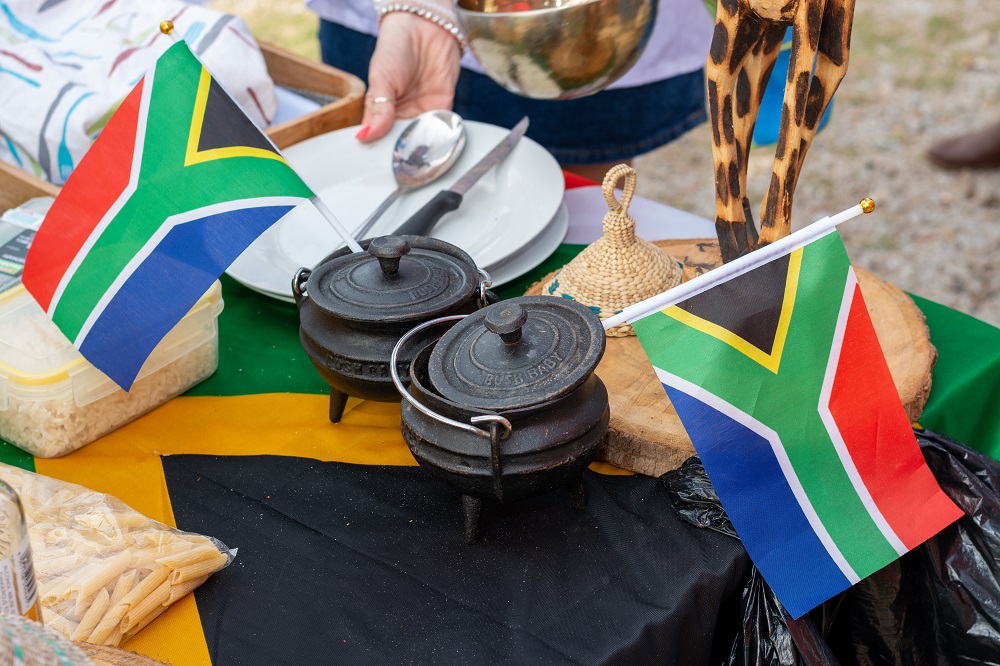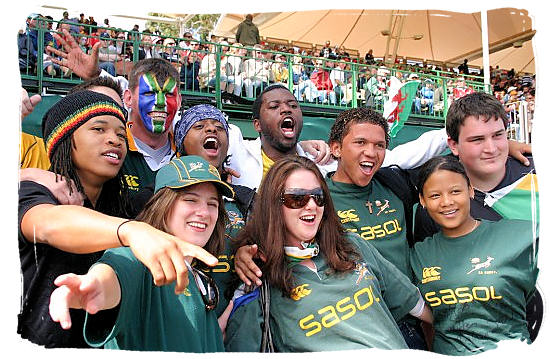South African Culture Today for Beginners
South African Culture Today for Beginners
Blog Article
Unknown Facts About South African Culture Today
Table of Contents3 Easy Facts About South African Culture Today ShownNot known Factual Statements About South African Culture Today The smart Trick of South African Culture Today That Nobody is DiscussingThe 5-Minute Rule for South African Culture TodayUnknown Facts About South African Culture TodayA Biased View of South African Culture Today
This adheres to with vocal singing and drum pounding. The couple after that consult with the elders and speak about the significance of their union. An issue of relevance in Zambian villages is the diing of enjoyed ones. All members of the town placed money, time and initiative with each other for the interment of the deceased.Music and dancing is a very crucial aspect of the Zambian society. The various tribal systems have their own dancing types; nonetheless, makishi is usual amongst all tribes.
10 Easy Facts About South African Culture Today Explained
When it concerns music, drums are made use of the most, with a selection of drumming ceremonies. In Zambia, bulk of individuals are Christian; Protestant and Roman Catholic. There are small teams of Muslims and Hindus, with the remainder adhering to regional indigenous tribal beliefs.

South African heritage and society is exceptionally varied, and contains various groups of individuals that each have their very own traditions and ideas. Having such a variety of individuals and societies is what makes South Africa so unique. In the real feeling of the expression, we are a rainbow country.
South Africa has about three hundred thousand Portuguese people residing in it. Making it the 7th on the listing of nations with the most Portuguese people in it outside of Portugal. Portuguese is not only a culture, but it is also a language and a citizenship. Portuguese people originate from the country of Portugal in Europe, however, because of Portugal (like numerous other nations in Europe) discovering the globe and overcoming various other nations during the 15th 20th centuries, South Africa has what we call Portuguese South African's living in it.
The 6-Minute Rule for South African Culture Today
Among the famous features of the topography is a plateau that covers virtually two thirds of the facility of the country. The plateau complex climbs toward the southeast, where it culminates in the Drakensberg range, component of an escarpment that divides the plateau from the coastal locations. The Drakensburg consists of Champagne Castle, the highest possible height in the country.
The area north of the Witwatersrand, called the bushveld, inclines downward from east to west toward the Limpopo River, which forms the international border. The western area of the plateau, the middleveld, likewise descends in the direction of the west and differs in elevation between the highveld and bushveld. In between the Drakensburg and the eastern and southern shoreline, the land comes down to the sea.
Nearer the shore there is a low-lying plain called the eastern lowveld. Southwest of the plateau the country comes to be progressively much more dry, giving method to the hostile desert of the Great Karroo, verged on the eastern by the reduced, better watered plateau of the Little Karroo. Dividing the completely dry southern inside from the sandy littoral of the southerly coast and West Cape is one more array, the Langeberg.
Facts About South African Culture Today Revealed
The country's racially, ethnically, and politically separated background has actually generated nationwide and subnational symbols that still operate as icons of the country, and others symbols that are accepted only by specific teams. The monuments to white settler conquest and political dominance, such as the Afrikaner Voortrekker ("pioneer") Monolith in Pretoria and the Rhodes Monument honoring the British colonial realm building contractor and Cape prime preacher Cecil Rhodes, remain sectarian signs.
The first modern residents were the San ("bushman") hunter-gatherers and the Khoi ("Hottentot") peoples, who rounded up animals (South African culture today). The San might have existed for hundreds of years and left evidence of their visibility in thousands of old cavern paints ("rock art"). Bantu-speaking clans that were the forefathers of the Nguni (today's amaZulu, amaXhosa, amaSwazi, and vaTsonga individuals) and Tswana-Sotho language groups (today's Batswana and Southern and Northern Basotho) migrated below east Africa as early as the fifteenth century

Both former republics of the Orange Free State and Transvaal (South African Republic) were developed by Afrikaner settlers who beat and dispossessed the Basotho and Batswana. find out here Lesotho would have been forcibly included into the Orange Free State without the expansion of British protection in 1869. The utmost marriage of the nation arised from the South African War (18991902) between the British and the 2 Afrikaner republics, which decreased the country to ruin at the beginning of the twentieth century.
Afrikaners traditionally considered themselves the just true South Africans and, while approving complete citizenship to all locals of European descent, rejected that standing to people of color up link until the autonomous shift of 1994. British South Africans retain a sense of social and social connection to Great Britain without deteriorating their identity as South Africans.
Some Known Facts About South African Culture Today.
The variety and fragmentation within ethnic groups and the equilibrium of stress in between those teams during the twentieth century stopped interethnic civil conflict. While intergroup tensions over resources, privileges, and political dominance remain, those problems are as most likely to match Zulu versus Zulu as Zulu versus Xhosa or African against Afrikaner.
From colonial India, British vendors and administrators brought the rounded metal ornamental roofing systems and slender lace work pillars that still exemplify the verandas of cottages in communities and cities throughout the country. Residences of praise add an essential architectural aspect also in the tiniest communities. Along with the skyrocketing steeples and traditional stonework of Afrikaans Dutch Reformed churches, Anglican churches, synagogues, mosques, and Hindu shrines give range to the religious architectural scene.

Butchering and the brewing of typical grain beer are vital in securing the engagement and a good reputation of the ancestors who are considered the guardians of good luck, prosperity, and wellness. Indian areas maintain their indigenous cooking practices and apply them on Islamic and Hindu ritual and ritualistic celebrations. Afrikaners and Coloured people gather at weekends and special events at multifamily bbqs called braais, where area bonds are strengthened.
Due to the fact that this was the main economic business of both black Africans and white homesteaders, conflict in between those teams fixated the property of grazing land and animals. In 1867, the largest diamond deposits on next page the planet were found at Kimberley in the west central location. The wide range from those areas aided finance the exploitation of the biggest gold coral reef worldwide, which was uncovered on the Witwatersrand in 1886.
The Of South African Culture Today
This resulted in misunderstandings and intentional misrepresentation in the transactions of white settlers and federal government officials with African chiefs during the early american duration (South African culture today). In the establishment of African reserves, some facets of common and mainly "tribal count on" land tenure were maintained, and also in white rural locations, types of communal period were still exercised in locations with African areas
After the autonomous transformation of 1994, programs for land restitution, redistribution, and reform were set up, however development has been slow-moving. The white minority still manages eighty percent of the land. In the wake of farming land invasions in Zimbabwe, the Division of Land Affairs has actually promised to speed up land redistribution.
Report this page